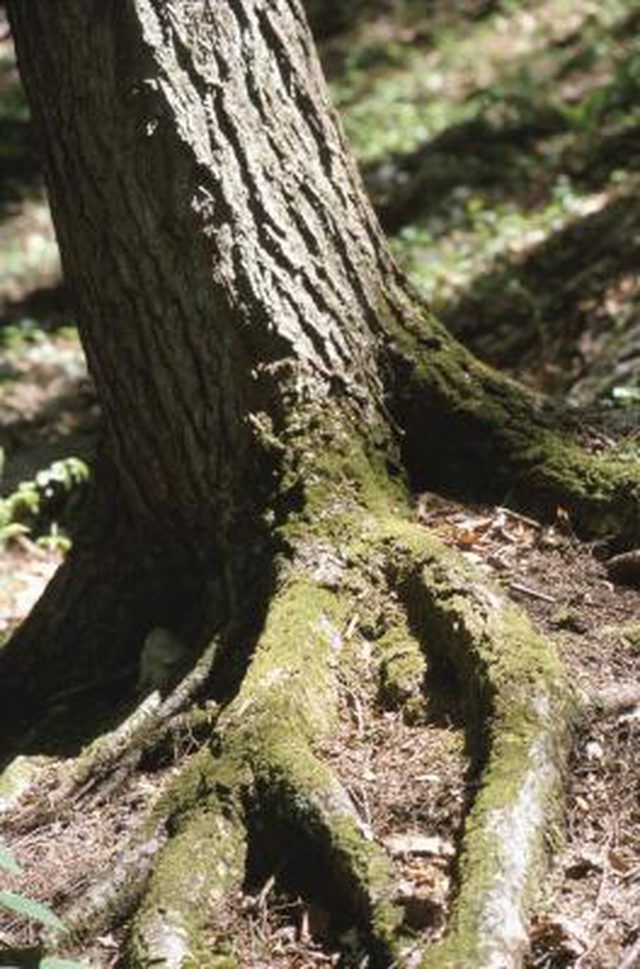Bulbs
Flower Basics
Flower Beds & Specialty Gardens
Flower Garden
Garden Furniture
Garden Gnomes
Garden Seeds
Garden Sheds
Garden Statues
Garden Tools & Supplies
Gardening Basics
Green & Organic
Groundcovers & Vines
Growing Annuals
Growing Basil
Growing Beans
Growing Berries
Growing Blueberries
Growing Cactus
Growing Corn
Growing Cotton
Growing Edibles
Growing Flowers
Growing Garlic
Growing Grapes
Growing Grass
Growing Herbs
Growing Jasmine
Growing Mint
Growing Mushrooms
Orchids
Growing Peanuts
Growing Perennials
Growing Plants
Growing Rosemary
Growing Roses
Growing Strawberries
Growing Sunflowers
Growing Thyme
Growing Tomatoes
Growing Tulips
Growing Vegetables
Herb Basics
Herb Garden
Indoor Growing
Landscaping Basics
Landscaping Patios
Landscaping Plants
Landscaping Shrubs
Landscaping Trees
Landscaping Walks & Pathways
Lawn Basics
Lawn Maintenance
Lawn Mowers
Lawn Ornaments
Lawn Planting
Lawn Tools
Outdoor Growing
Overall Landscape Planning
Pests, Weeds & Problems
Plant Basics
Rock Garden
Rose Garden
Shrubs
Soil
Specialty Gardens
Trees
Vegetable Garden
Yard Maintenance
How to Cut Tree Roots Without Killing the Tree
How to Cut Tree Roots Without Killing the Tree. Trees ornament our lawns, provide shade, block wind and provide refuge for scores of birds and other critters. Healthy, growing trees, however, also have healthy, growing roots. Vigorous roots can eventually threaten or invade underground utilities, foundations and the roots of other trees and...

Trees ornament our lawns, provide shade, block wind and provide refuge for scores of birds and other critters. Healthy, growing trees, however, also have healthy, growing roots. Vigorous roots can eventually threaten or invade underground utilities, foundations and the roots of other trees and vegetation. Prevent roots from taking over by trimming them. Careful trimming includes shortening roots in a way that does not compromise the health of the tree. After trimming, take measures to keep the roots from extending back into unwanted areas.
Things You'll Need
Hand trowel
Wheelbarrow or tarp
Root saw
Root barrier
Water the ground around the tree thoroughly to dampen and soften the soil. Leave the water to seep into the soil, then wait until the soil dries to the point of still being damp but not soggy.
Loosen the top layer of soil, overturning it with a hand trowel. Feel out the roots and take care to not stab them repeatedly with the trowel blade.
Remove soil by hand, placing it temporarily in a wheelbarrow or on a tarp. Scoop out soil from along the sides and underneath the roots, using the trowel only when necessary to break up compacted soil.
Cut the ends of roots that need to be trimmed. Make clean cuts through the roots, sawing through them with a root saw. From the trunk, trim roots no closer than the distance of three times the trunk's diameter. Do not trim roots beyond points where the diameter reaches the size of a fist or larger. Do not remove more than approximately one-third of the total roots and no more than one-quarter from one side.
Dig a trench in front of the pruned roots. Embed a strong root barrier made of plastic, metal or concrete into the trench. For more vigorous roots, use a root barrier that measures at least 12 inches high and 10 feet long.
Replace the previously excavated soil, covering the roots and the root barrier. For unhealthy soil, blend in compost and peat. Wait at least 6 weeks to add fertilizer. Compact the soil and ground level, then water the ground thoroughly.
Tips & Warnings
Before trimming, check with your local university extension office to find out how the particular tree species is known to respond to root pruning. Also, find out the best time to trim the type of tree for the growing zone.